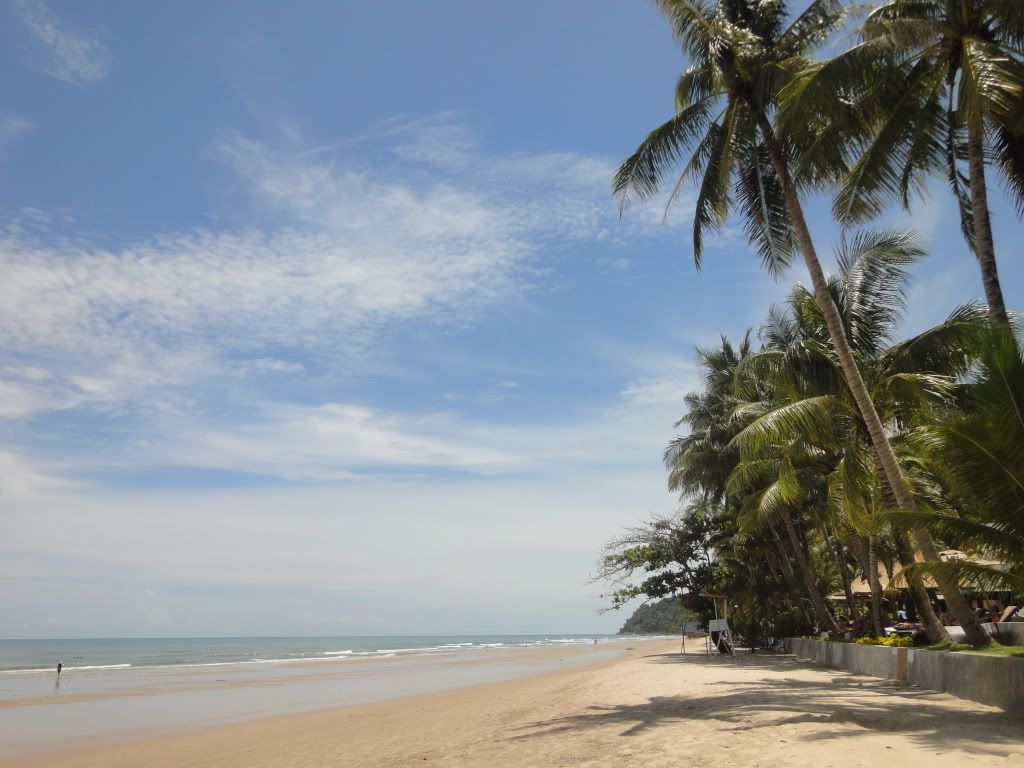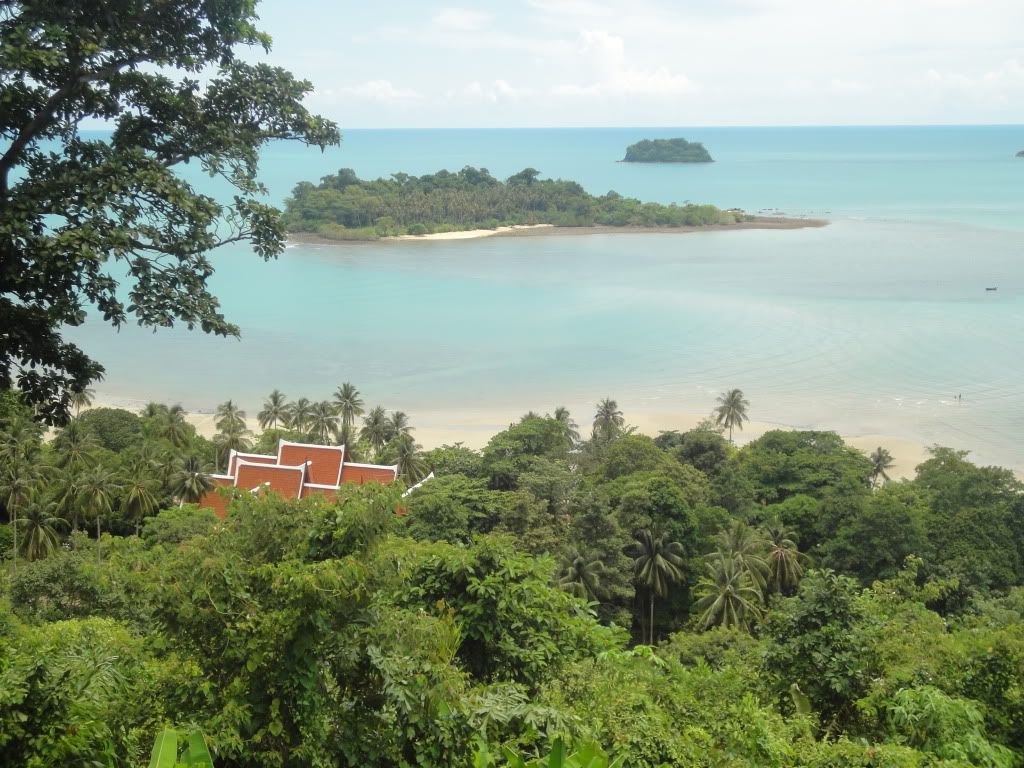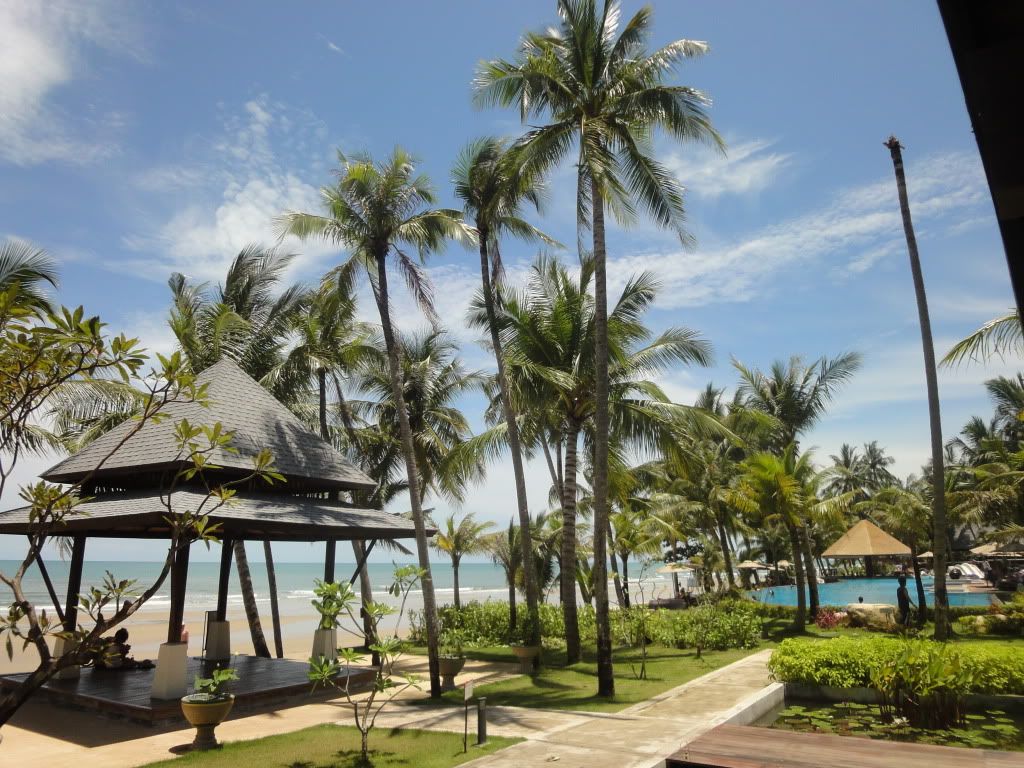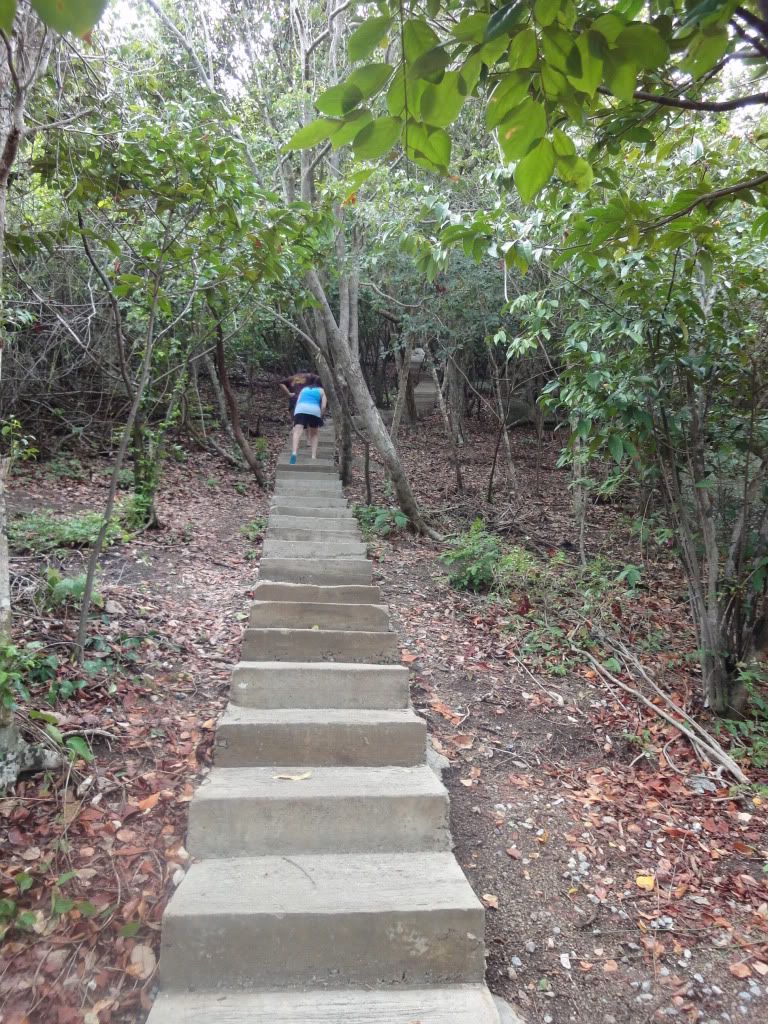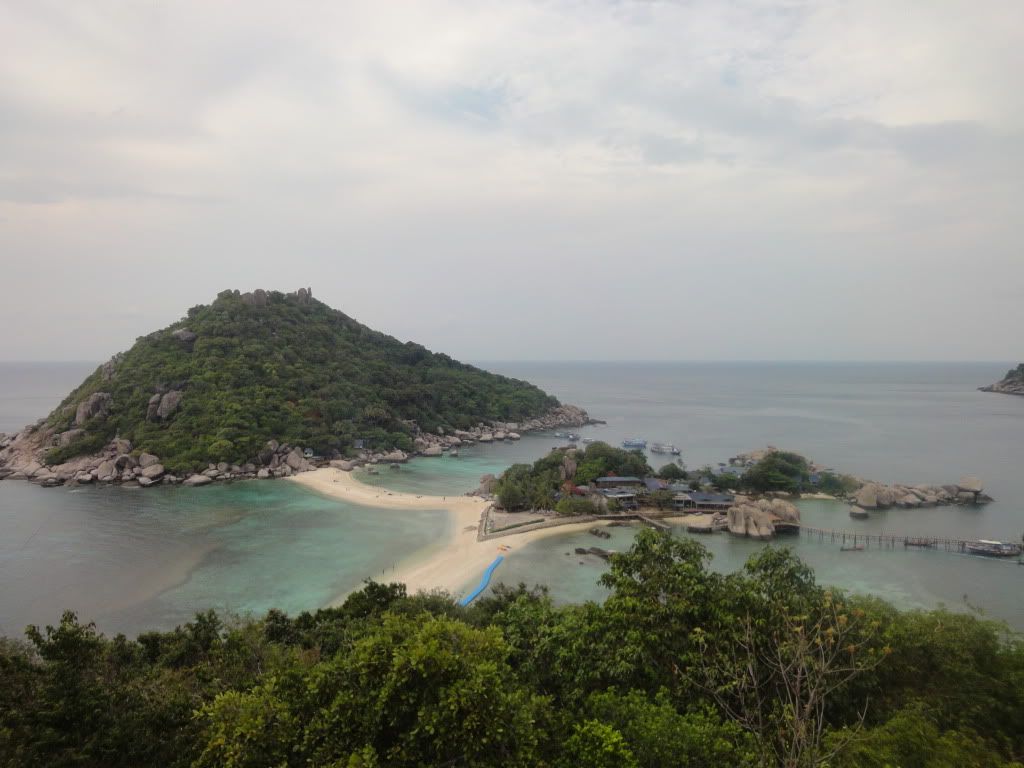Photo © Gary Knight-All Rights Reserved
Gary Knight has recently launched his personal website, appropriately titled Gary Knight Photography which features his portfolios, workshops, multimedia (soon) and his current academic involvement in Tufts and Harvard universities.
Gary Knight started working as a photographer in Southeast Asia during the 1980s at at the time when its countries were slowly recovering from bitter wars. He then moved to Europe when Yugoslavia was collapsing, and where he documented the siege of Sarajevo through the fall of Kosovo. Following 9/11, he worked in Afghanistan and two years later independently followed U.S. troops into Iraq. Notwithstanding his conflict photography involvement, his focus is on the survival of the world’s poor and human rights issues.
Knight is founding director of VII Photo Agency. He established the Angkor Photo Festival, is a board member of the Crimes of War Foundation, a trustee of the Indochina Media Memorial Foundation and Vice President of the Pierre & Alexandra Boulat Foundation.
All this is public knowledge, but I also have a personal connection with Gary. In 2005, I attended a workshop in Bali with him and John Stanmeyer at the latter's lovely home and studio in Cannggu. At the time, I was keen to move away from the traditional travel photography (stock images et al) and wanted to get involved in more story-telling and documentary/editorial photography...so I jumped at the chance of getting guidance from these two top photojournalists. And when I look back at where I was then and where I am now...I clearly see their fingerprints.





